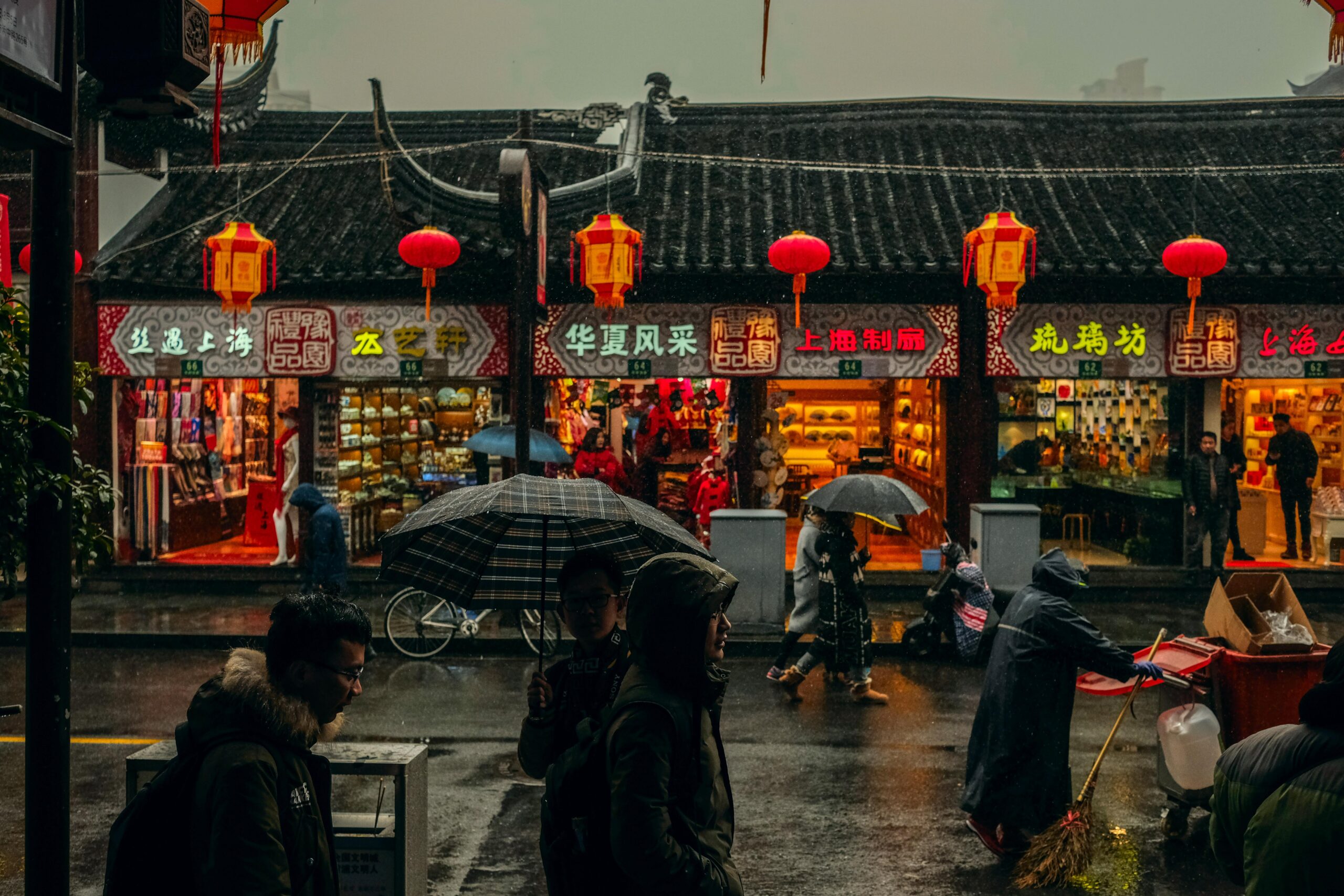

Chinese authorities have stepped in to allay market concerns around their recent crackdown on education firms. Chinese markets have bounced…
This article is only available to Macro Hive subscribers. Sign-up to receive world-class macro analysis with a daily curated newsletter, podcast, original content from award-winning researchers, cross market strategy, equity insights, trade ideas, crypto flow frameworks, academic paper summaries, explanation and analysis of market-moving events, community investor chat room, and more.
Chinese authorities have stepped in to allay market concerns around their recent crackdown on education firms. Chinese markets have bounced, but we think the structural story remains poor. At its core, the problem is that the Chinese private sector is the most efficient and profitable part of the economy, yet authorities are constraining it on multiple fronts – from access to credit to state interference on strategy (Chart 1). Meanwhile, state-owned and -linked enterprises have ample access to credit but are inefficient and increasingly loss-making (Chart 2).
Today’s state-run Xinhua article on market stability actually reinforced the anti-private sector stance. After arguing that Chinese fundamentals are good, the article says:
‘The Fifth Plenary Session of the 19th Central Committee of the Communist Party of China… …clearly stated that it is necessary to strengthen anti-monopoly and prevent the disorderly expansion of capital, and to effectively prevent risks. …establish and improve the platform economic governance system…This has pointed out the direction for strengthening the supervision of platform enterprises…
Since last year, strengthening regulation and supervision has become a key word in the development of platform economy. The upgrade of a series of regulatory policies and the penalties of anti-monopoly cases all send clear signals to the market: the unsuitable regulatory system is accelerating to improve…’
Simultaneously, the Biden administration is continuing Donald Trump’s anti-China policy, albeit in a more co-ordinated and multilateral way. Already, the US has sanctioned Chinese officials for the Hong Kong crackdown, which elicited Chinese countersanctions on American citizens including former commerce secretary Wilbur Ross. After a G7 summit, NATO declared China posed a global security risk, and the US recently accused China of launching cyberattacks against Microsoft. The US has started to cultivate a quad alliance with India, Japan and Australia. It also plans to sponsor a supply chain security summit later this year with a view to containing China.
The upshot is that China likely poses one of the biggest risks to global markets, whether through the rising US-China geopolitical tensions or its decoupling from international markets. Meanwhile, the Chinese equity risk premium is lower than most developed markets including the euro area, Korea and Taiwan, and it is only modestly higher than the US (Chart 3). This suggests caution towards allocation to Chinese stocks.
